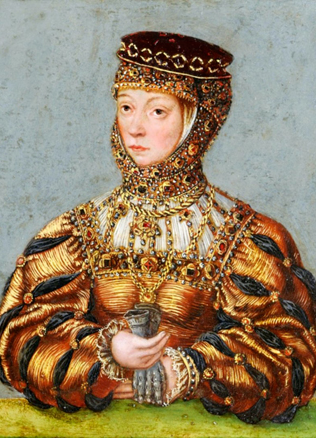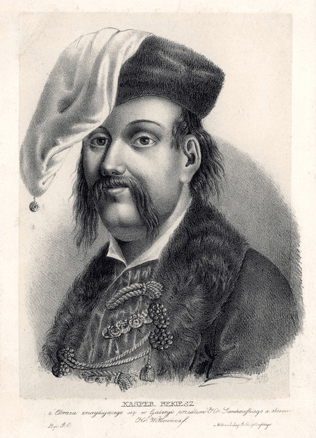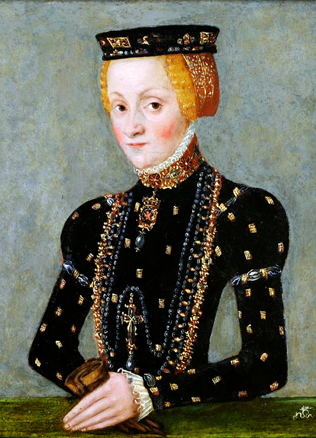From the travelling court to the residential ruling
At the beginning of 1429, upon his return from the Congress of Lutsk, Grand Duke Vytautas repeated a trip common to the medieval Ruler across his country: on 13 February he was in Eišiškės, on 17 February in Trakai, on 16 March in Berštai, on 3 May went to Trakai again, on 8 May he was already in Kaunas, on 24 May in Medininkai, at the beginning of June in Molodečno, on 18 June in Šalčininkai and on 25 June in Naugardukas (Navahrudak). The medieval Ruler is rex ambulans– a travelling king. It is impossible to imagine him living in a permanent residence – in the capital and ruling the entire country from it. The structure of ruling of the early ages and the Ruler’s everyday life are the Ruler’s and his court’s journeys from one country to another, from one court or castle to another.
“
The medieval Ruler is rex ambulans– a travelling king.
By appearing in a different place each time the Ruler reminded the existing societies of his power, and sometimes established it anew. The larger the country, the more important were the journeys, and their organisation was more difficult. At the same time these visits had an economic purpose, which remained important in Lithuania in the 15th century too. The Grand Duke and his surroundings consumed the food products accumulated in the estates.
Ruling “on the way”
The neighbouring rulers knew the kind of life the Grand Duke and his court led. Their envoys looked for the Ruler with the help of the “information system”: from the letters of guarantee (called safe conduct, or Ger. geleit) to the guides present in the place who helped one to orient himself in the geography of the country. As Vytautas’ correspondence shows, the Duke often informed in advance in which castle or court it would be possible to find him one day. Hunting, demonstrative expeditions to distant borders of Russia made the itinerary of the rulers more diverse. For example, the knight of Burgundy Guillebert de Lannoy who visited Vytautas’ court twice, in 1413 found Vytautas hunting in the environs of Punia, and in 1421 – in a distant border castle in Kremenets. Specific realia adapted to the travelling court existed; for example, special privileges obtained from the Pope to use a portable altar. With important data lacking (account books of the Treasury of the Court) it is difficult to characterise exactly the size of a travelling court. It is not clear how the courtiers were distributed in the main residences, what part thereof accompanied the Duke on his constant journeys across the country. Most probably the escort was not large on some journeys, and during different events, congresses, meetings with magnates and the gentry the number of the travelling people could increase.
However, during the years of Vytautas’ rule, archaic ruling when travelling was gradually replaced by residential ruling. Vytautas ruled while travelling intensively, like Jogaila (Pol. Jagiełło), who renewed practices of mobile ruling in Poland. However, despite the existing custom of ruling while travelling, residential castles acquired an ever larger significance. We can speak about a certain transitional form of ruling – “residential ruling on the way”. Vytautas had several main residences – the castles of Vilnius, Trakai, Grodno, Kaunas and Lutsk. All of them were rebuilt or newly built in his times. He spent a larger part of his time in the castles, and he resided more often and longer in his patrimonial Trakai (around 1408 a new insular castle was built there) than in Vilnius.
Alexander’s capital
Essential changes in the ruler’s system of residence took place at the end of the 15th century. At that time residential habits changed all over Europe, the size of the courts of Kings and Dukes increased and main residences of the rulers (“capitals”) stood out. In Lithuania, these changes started after 1492 when Alexander Jagiellonian ascended to the throne. Following the ruling of his father Casimir that lasted for half a century and who combined the duties of the King of Poland and the Grand Duke of Lithuania, a separate Ruler appeared in Lithuania again. The court of the Grand Duke started living a full-fledged life. The investigation into the places that Alexander Jagiellonian visited (itinerary) enables the novelty to be recognised – unlike his predecessors, he was not the travelling King. Together with his surroundings, he practically permanently resided in Vilnius, which finally turned into the capital of the country. There Alexander solved lots of affairs of the state life – announced the documents, received foreign missions, conferred with the nobility.
“
During the whole period of his rule in Lithuania until 1501 Alexander, apart from one short episode, did not go beyond the borders of the Grand Duchy of Lithuania.
He left his main residence only when the unforeseen political circumstances formed (military expeditions against Moscow, in 1501 a journey to the Polish borders, candidacy to the King’s throne) or when the hunting season started. During the whole period of his rule in Lithuania until 1501 Alexander, apart from one short episode, did not go beyond the borders of the Grand Duchy of Lithuania. In this way, from the end of the 14th century, the system of ruling from a permanent centre became established in Lithuania. This “stability” of the Ruler and his court enabled him to increase the number of the court residents considerably. At the end of the 15th century, about 1 000 persons could have formed the staff of the court of the Grand Duke. True, after Alexander Jagiellonian became King of Poland in 1501, Lithuania never had a separate Grand Duke of Lithuania again.
Vilnius, as a residential city, came back to life again only in 1544–1548 when Sigismund Augustus sent to the Grand Duchy by his aging father Sigismund, turned the city into a real capital of the Rulers – concentrated the organisation of the courtiers, rebuilt the Lower Castle, built the country residence according to the fashion of that time in Viršupys. Hence, space was created again for meaningful and colourful life of the court. Sigismund Augustus liked to reside there later too. In 1561, the envoy of the Holy Roman Emperor Valentin Saurman wrote that “the courtiers of the King who earlier came here in great numbers, the day before yesterday, during their census, approximately a thousand chosen riders dressed in the smartest clothes (…) appeared to the King in his country court in Viršupys”.
Rimvydas Petrauskas



